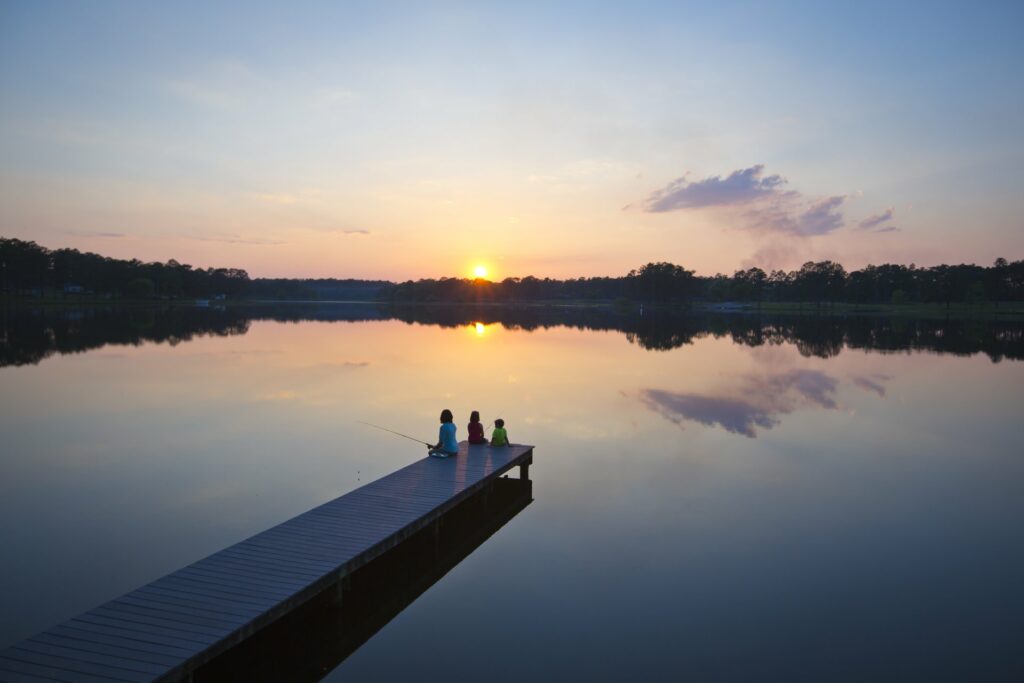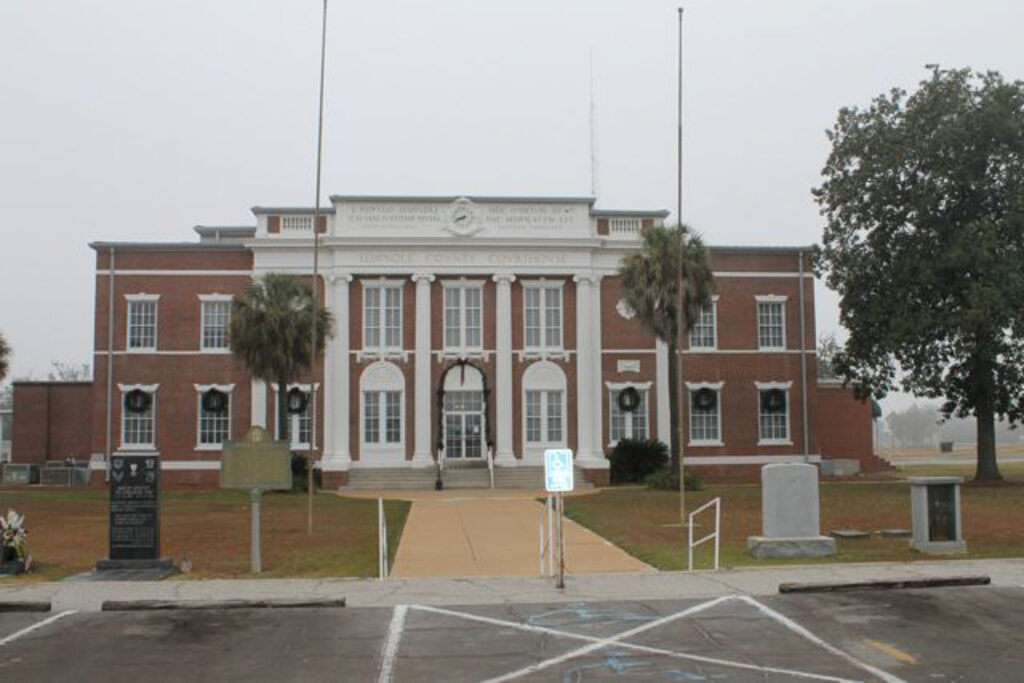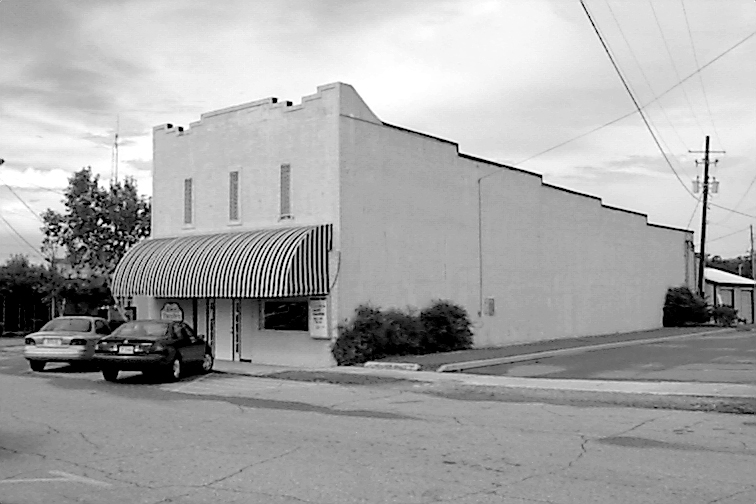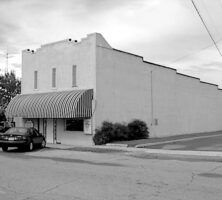Seminole County is located in the extreme southwestern corner of Georgia. It is bounded by Alabama to the west, Florida to the south, Decatur County to the east, and Early and Miller counties to the north.
Native Americans inhabited the area from at least the thirteenth century until the increasing encroachment of European populations pushed the native peoples off the land. The Seminole Indians apparently made their last stand in what now is Seminole County. Legend has it that their chief, Oceola, was born there.
Seminole is the 156th Georgia county. Sliced off the western end of Decatur County, it was created by constitutional amendment in 1920 (ratified November 2) and began functioning January 1, 1921. The first industries were turpentine, timber, and farming. The southern portion of the county was submerged in 1957 with the completion of the Jim Woodruff Dam, which created Lake Seminole out of the confluence of the Chattahoochee and Flint rivers.

The county is run by a board of five commissioners assisted by a county administrator, who also serves as the administrator for the city of Donalsonville, the county seat. There is an accredited hospital and an airport with a lighted 5,186-foot runway in the county.
According to the 2020 U.S. census, the population of Seminole County was 9,147. Albany Technical College and Bainbridge State College offer classes at the high school.

Historic sites in Seminole County are the renovated Olive Theatre, a mural depicting farming history on the wall of a local business, and the Two Palm Courthouse. Famous Seminole County natives include the late Julian Webb, who served on the Court of Appeals of Georgia, and Phillip Daniels, who plays defensive end for the professional football team the Chicago Bears.
In addition to recreational fishing in Lake Seminole and golfing at the country club and at courses in surrounding counties, Seminole hosts an annual harvest festival in October, the Shellcracker Fishing Tournament in April, and a rodeo. Lake Seminole has frequently been the site of a bass tournament and is ranked the fifth best bass-fishing lake in the United States.












